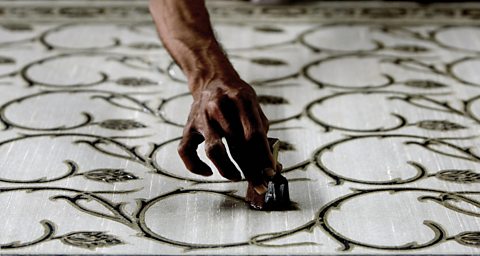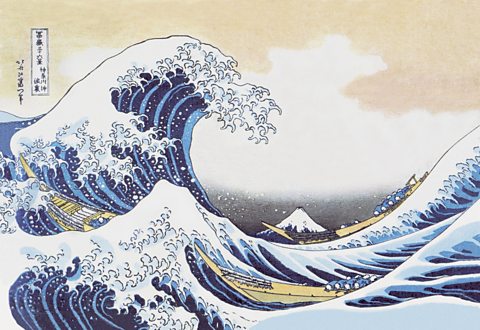Block (Relief) printing

Block printing (also called Relief printing) is the process of carving patterns, shapes and designs into a 'block'. The 'block' could be made of wood, acrylic plastic sheet, lino (linoleum) or metal.
Different materials are suited to different results:
- metal or acrylic A transparent (sometimes coloured) plastic that can be made into flat sheets sheets can produce much finer lines with 'sharper' detail.
- wood and lino are more suited for bolder images.
The drawback with all of these materials is that each mark you make on the printing sheet will be printed â you cannot afford to make any mistakes.
Block prints are usually made with oil-based ink.
- Apply the ink to a flat surface, eg an acrylic sheet.
- Work the ink with a roller until it becomes 'sticky'.
- Roll the ink onto the printing block. This will cover protruding surfaces, leaving recessed areas ink-free.
- Use a clean roller or printing press to press the block onto the paper/surface of your final print.
Uses
Block printing can be used for many purposes, including:
- fine art prints
- printing lengths of fabrics (look at examples of Indian wood block prints)
- greetings cards
It is used for small to medium 'runs' of prints. Successful block prints range from bold, simple shapes and designs with limited colours, to more complicated designs using a number of different colours.
Block printing is good for making positive and negative images and repeating patterns.
